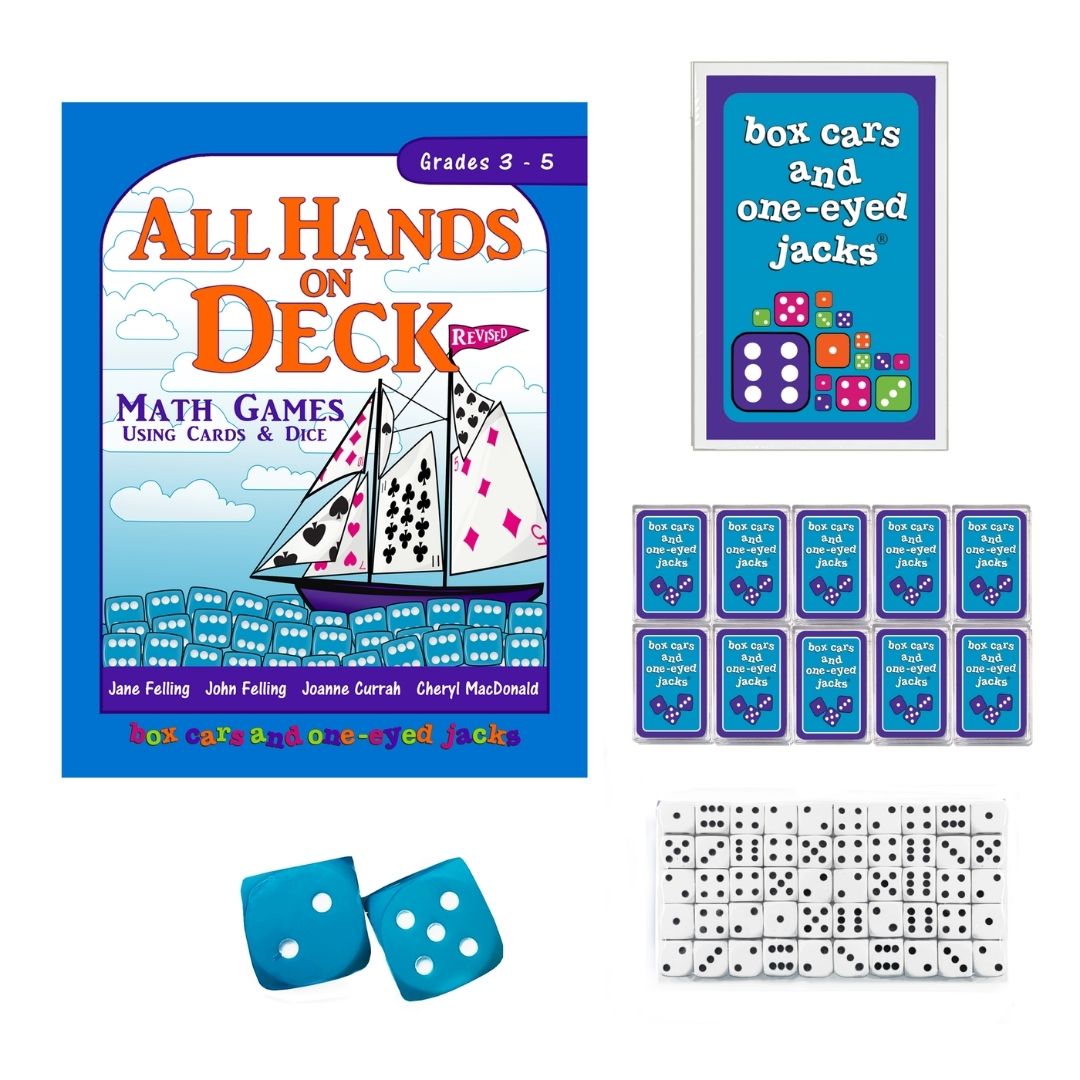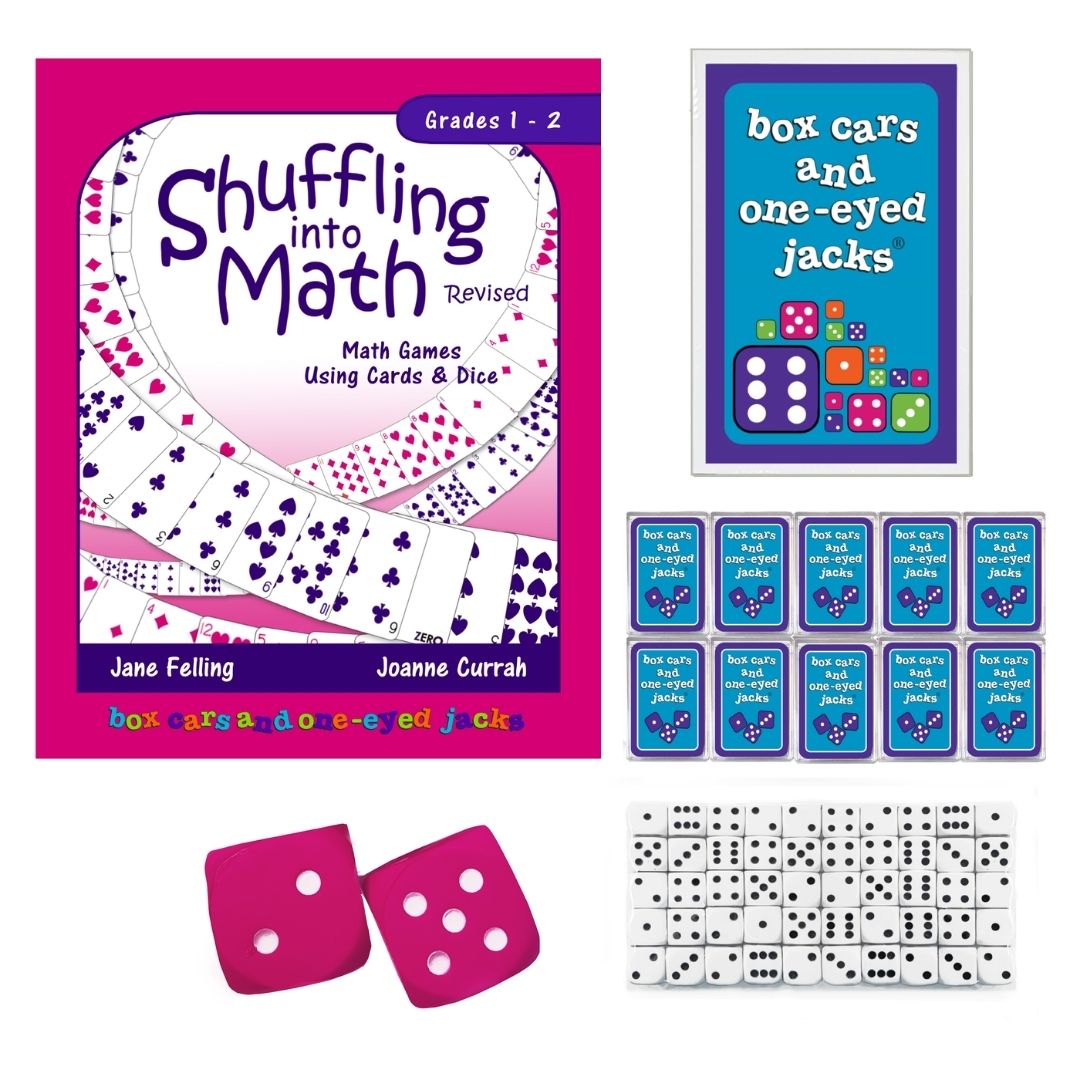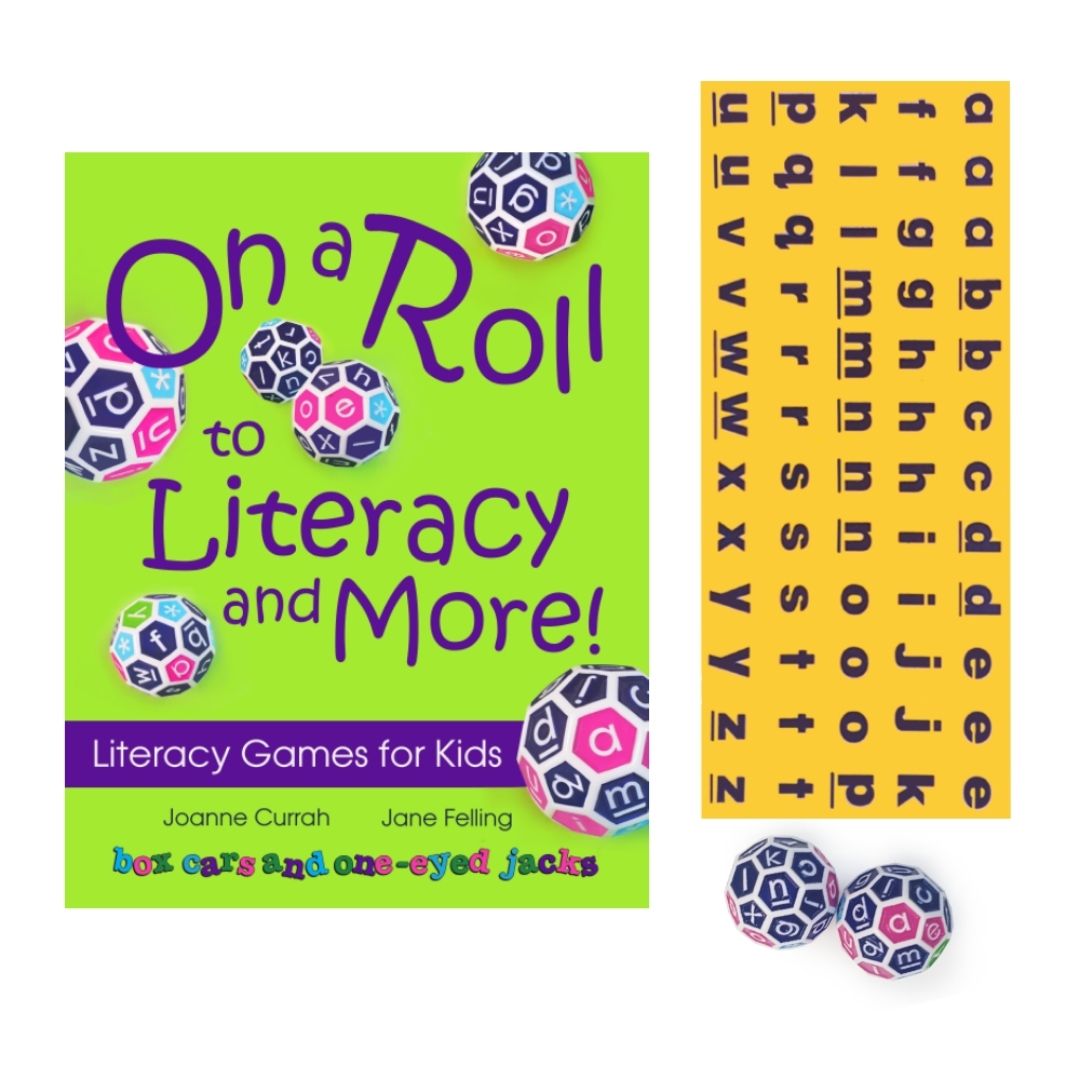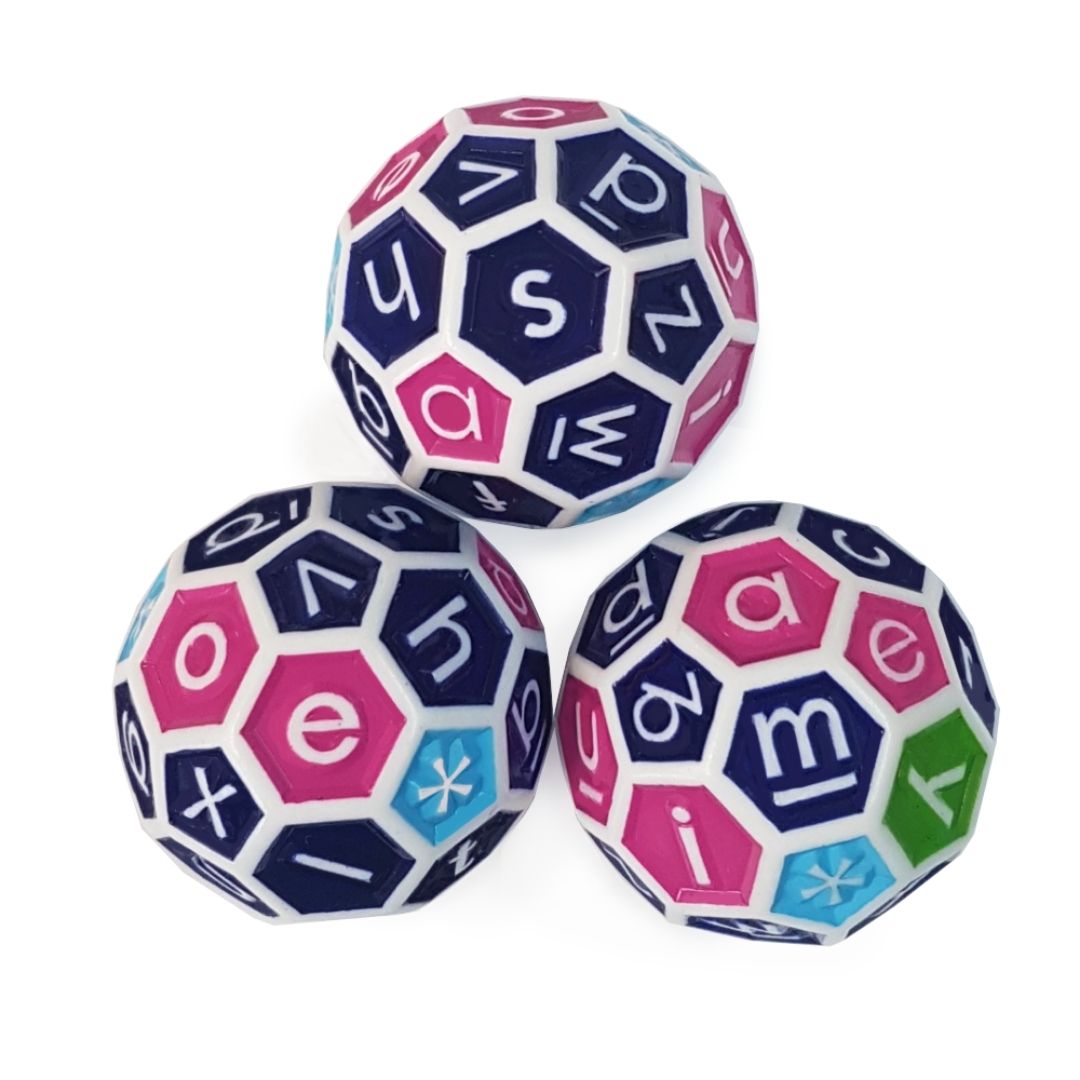Sales
Sales
From the pandemic, to curriculum changes, to an ever-evolving role of technology in educational practices, teachers and school administrators have had to shift the way they engage students. And now more than ever, fun learning games in the classroom are becoming more and more popular, because they not only engage students, but they also improve the quality of learning.
In this post, you’ll learn why fun learning games in the classroom are important to creating an engaged and productive environment, especially when considering the learning gap many young students are facing. You’ll also discover some bestselling learning games designed to help your students learn, strategize, and engage in the classroom.
But first, let’s take a quick look at the current learning gaps students across North America are facing.
Students are falling behind and have developed learning loss in foundational math and literacy concepts.
For math, this includes basic operations and fact fluency, including addition, subtraction, and multiplication. For literacy, this includes vocabulary development, decoding and predicting, word family knowledge, and basic phonemic awareness. ELL students have faced greater challenges.
So how should teachers help their students through this learning gap? What techniques can they implement to improve their teaching practice?
One of the most effective ways to improve foundational concepts while increasing engagement is to use fun learning games in the classroom. In the sections below, we’ll take a closer look at why math and literacy games are the solution to the current learning gap.

Learning games are fun, engaging tools to improve the way you teach. At Box Cars, all of our math and literacy manipulatives are created by teachers for teachers. They are designed to increase engagement, improve retention, and create a fun environment where students are encouraged to strategize and participate in an impactful manner.
Research indicates engaging, purposeful practice is a powerful strategy for developing both understanding and mastery of basic concepts. Games can also be differentiated to suit the needs of the learner and the teaching objective.
When using fun learning games in the classroom, students are challenged and engaged, but not frustrated.
Learning games change the way students learn for the better and increase their classroom engagement. When a student is fully engaged in their lessons, they experience a cycle of thinking that promotes deeper, more impactful learning.
By letting children formulate questions, create strategies, and experiment with trial and error practices, learning games prompt the student to use critical thinking and problem solving as they develop and become aware of their strategies.
In addition, as students play, they naturally talk and discuss during their activities. Whether you’re using Math Talk or discussions during literacy games, integrating games into your teaching practice allows students to interact and engage different parts of their brain. This result not only improves engagement, but it also maximizes their learning opportunities.
When your students are unable to retain the foundational concepts they’re learning in the classroom, that learning gap will trickle down into their future studies.
One of the reasons students struggle to retain information is because they are inputting lessons in a style that may not be a learning strength for them. For example, if a visual learner is trying to solve a math problem by speaking through the process, they will struggle, and they likely won’t retain the information they’re processing.
The same concept applies to instructions. If you’re teaching your students primarily through visual and auditory cues, the kinesthetic learners in your classroom may struggle to retain the information you’re trying to teach.
By integrating all learning styles, math and literacy games improve retention rates amongst all your students. They provide hands-on engagement for the kinesthetic learners, while also providing visual and auditory engagement for your other students.
Fun learning games in the classroom not only increase participation and engagement, but they also give your students the opportunity to practice their learning in the way that works best for them. And one of the first steps to bridging the current learning gap is for students to retain the lessons and information they’re learning.

Children are naturally intrigued and captivated by games. Whether a game is simple or complex, highly motivating materials—like cards, dice, multi-sided dice, and letter tiles—hold a child’s attention.
Once you create an environment where students want to learn and feel compelled to participate, you not only create a fun environment, but you also create a highly productive environment where practice stands at the foundation of the students’ learning.
There’s no denying it: teachers are tired. From the demands of the pandemic, to curriculum changes, to staffing challenges, teachers are struggling to promote a healthy and productive learning environment in their classroom.
By using interactive math and literacy manipulatives, teachers not only benefit their students, but they also benefit their own mental health.
When students are engaged, focused, and actively participating in classroom activities, it gives teachers the opportunity to work with their students during the learning journey, rather than try to force participation through practices that are unsuccessful.
Games should be an essential part of everyday teaching. They are not an ADD ON, but INSTEAD OF. Challenge yourself and reflect on your current practice strategies, and see what you can take out of your daily teaching and what can be practiced more effectively using games in your classroom.
When student engagement, retention, and practice are all incorporated into one learning environment, teachers and school administrators can begin to bridge the learning gap caused by the pandemic and other factors.
With students in some cases a year behind, implementing learning games into the classroom should be an essential focus for every district. Hands-on math and literacy games provide engaged practice, emphasizing quality activities to help rebuild and mitigate some of the learning gaps we see in our classrooms.
At Box Cars, we help teachers and school administrators use learning games as a teaching practice. Studies indicate children learn through games. And when we help teachers improve the learning experience within their in-person or remote classrooms, we help school districts across North America bridge the current learning gap.
In the sections below, we’ve included two math games and one literacy game that are student favorites and showcase how powerful games can be for teaching, practicing
and extending concepts being taught in the classroom!
Our Math Talk and Math Thinking extensions make our learning games more engaging and effective with students.
Let’s take a closer look:

This class kit contains an extensive games resource that uses regular spotted dice and playing cards. Easy to use and integrate into your 3rd – 6th grade whole class, centers and small group instruction.
Click here to purchase the kit!
Click the button below to download the game and recording sheets.

This class kit contains an extensive games resource that uses regular spotted dice and playing cards. A staple for all primary classrooms and especially suitable for 1st and 2nd grade whole class, small group or center instruction.
Click here to purchase the kit!
Click the button below to download the game and recording sheets.

This wide ranging resource contains games that use our unique alphabet dice, and vinyl letter tiles. Easy to use and integrate into any literacy program, hands-on games that bring literacy concepts to life. Perfect for Kindergarten – 6th grade whole class, centers or small group instruction, regular and ELL programs.
Click here to purchase the kit!
Click the button below to download the game and recording sheets.

This wide ranging resource contains games that use our unique alphabet dice, and vinyl Box Cars owns the mold for this 32-sided (soccer ball shaped) lower case alphabet die. It is designed to highlight the following: all 26 letters, vowels in their own color, y is its own color as it can be both a consonant and a vowel, and wild spaces so that students can select the best letter when playing literacy games.
Click here to purchase the kit!
Click the button below to download the game and recording sheets.
When you incorporate fun learning games in the classroom into your everyday teaching practice, you create an engaging learning environment for your students. If you’d like more in-depth information on our learning games and how they look in action, check out our YouTube channel!
Also, if you’re interested in attending a virtual workshop or webinar and getting enhanced training on incorporating math and literacy manipulative in your classroom, check out our educational workshops.
We are booking all staff workshops for summer, back to school and fall now! Check out the funding ideas on this page.